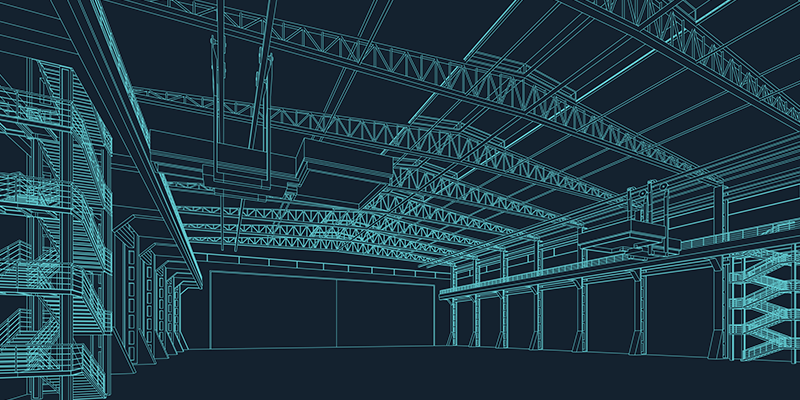How do you know if you are optimizing the space in all your properties worldwide? How long would that take you to figure out with your current analytical tools?
While everyone might think they know what AI is, a session at I.CON West this week in Long Beach, California, did the job of defining it. Taylor Odegard, founder, CEO, chairman and head of innovation for NavigatorCRE, said that AI needs two things before it can be defined as such: data analytics and machine learning. AI learns from each of these to deliver its “product.”
For William O’Donnell, managing partner with Prologis Ventures, AI helps them optimize their decision making, customer engagement, and operating efficiency. Clifton Harness, CEO and co-founder, TestFit, Inc., jumped in with a real-life example: How could their client mitigate the parking problem where parking spaces are laid out effectively, minimizing land use, while avoiding banging car doors and fender-benders? Using AI algorithms, the problem went from “If we cut off two inches on each side…” to “What do people do in the building for which we’re designing this parking lot? What does each end user say about the size of the parking spaces? Doesn’t Costco need wider spaces than the local movie theater? If it’s a hospital, then what? Is it a shopping mall?”
AI allows critical thinking at lightning speed to provide blazing-fast – yet actionable – intelligence. AI invites us to ask better questions to achieve better solutions.
Where to start? Ask questions. What task am I trying to automate? Or what answers do I need first? Do I have to know what lights I am using in all my warehouses, or do I need to know how many acres of land I own? This information allows us to make better, quicker, less risky decisions.
Many people use Excel spreadsheets to capture and store their data, but can they make quick decisions from using Excel? The hurdle of where to start is reduced by defining what you want first and then eventually, trusting that your data is correct so that you can trust the AI to help you reduce the risk in all your decision making. It’s a big leap from utilizing no AI at all to jumping in, but the panel agreed: Correct data is the very, very first and most important step.
The consensus among the panelists was that rigor ensures correct data. The foundation must be robust for the data “building” to stand up… just like a skyscraper. Rigor means insisting on consistency to the point of even paying employees for having clean data sets. The company culture should reinforce this rigor; a change-management mindset sets the culture in place that insists on rigor.
The architecture of the data is vital. It must be encrypted. Nothing will slow down the adoption of AI faster than untrustworthy data that could be wrong, or worse – breached. Be sure to use vendors who know what they’re doing as you adopt the AI way of life. But don’t wait too long – you’ll be left in the dust behind the people that embrace AI.
Odegard posed: “How can you weaponize your data so you can be the business you want to be five years from now?” AI is here, and adapting it for commercial real estate decision making will keep you competitive and thriving.

This post is brought to you by JLL, the social media and conference blog sponsor of NAIOP’s I.CON West 2024. Learn more about JLL at www.us.jll.com or www.jll.ca.














